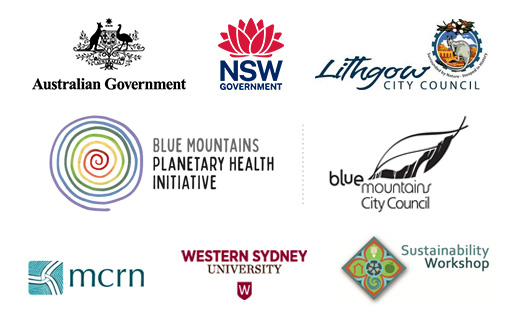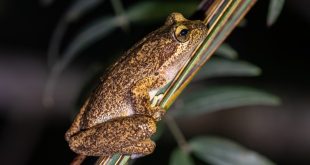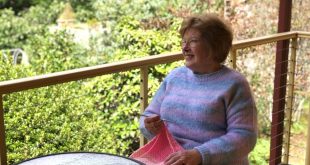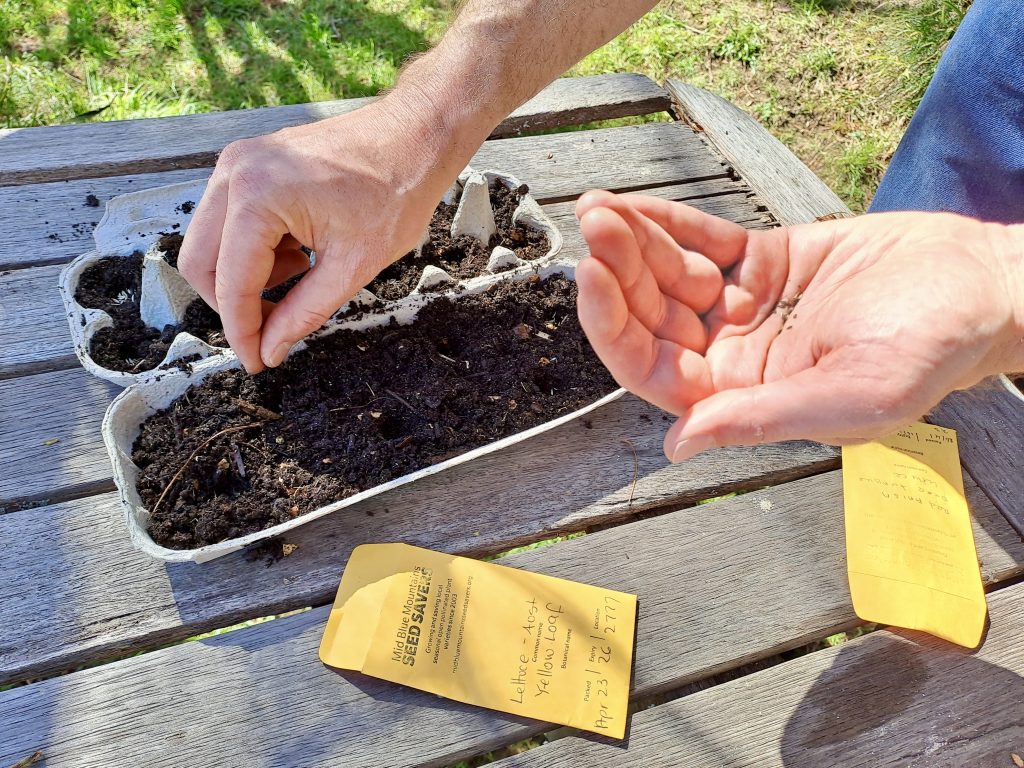
Planting Mid Mountains Seedsaver seeds (Belle Butler)
Mid Mountains Seed Savers in Bullaburra maintains a seed bank as a security measure for the future. The seed bank preserves diversity, offers an ongoing supply of locally adapted varieties, provides options for breeding more resilient varieties, and safeguards food supplies in the event of disaster. The group also shares gardening knowledge and provides members with access to fun things to grow and eat.
Key Points:
- The last century has seen a significant decrease in seed biodiversity and more than half of the global commercial seed market is controlled by four companies.
- Fewer crop varieties produced on a large-scale means that global food security is susceptible to the impacts of crop failure, extreme weather events, pests and disease.
- Growing food from seed that has been tried, tested and adapted to our local environment is one of the best ways to create resilience within our food system.
Share this article:
While Covid19 spawned a panic response that saw the emptying of shopping aisles, it also triggered many of us to turn back to basics. The question arose: if food were not so readily available, how would we sustain ourselves and our communities? This was a real wake-up call, a slap-in-the-face realisation that we, as a society, had become distanced from the basics of survival, and that our reliance on the global food supply chain was making us vulnerable.
Like countless others, I quelled my rising anxiety by rummaging through our seed collection to see what I could plant. This sort of response might have happened largely as an unconscious survival mechanism, but it also constituted decent planning and preparedness for the future.
Seeds are, after all, the essential starting point of our food supply. Little dormant packages of life, they offer a continuum between past, present and future: a plant starts from seed, ends with seed and provides the next generation to perpetuate the cycle.
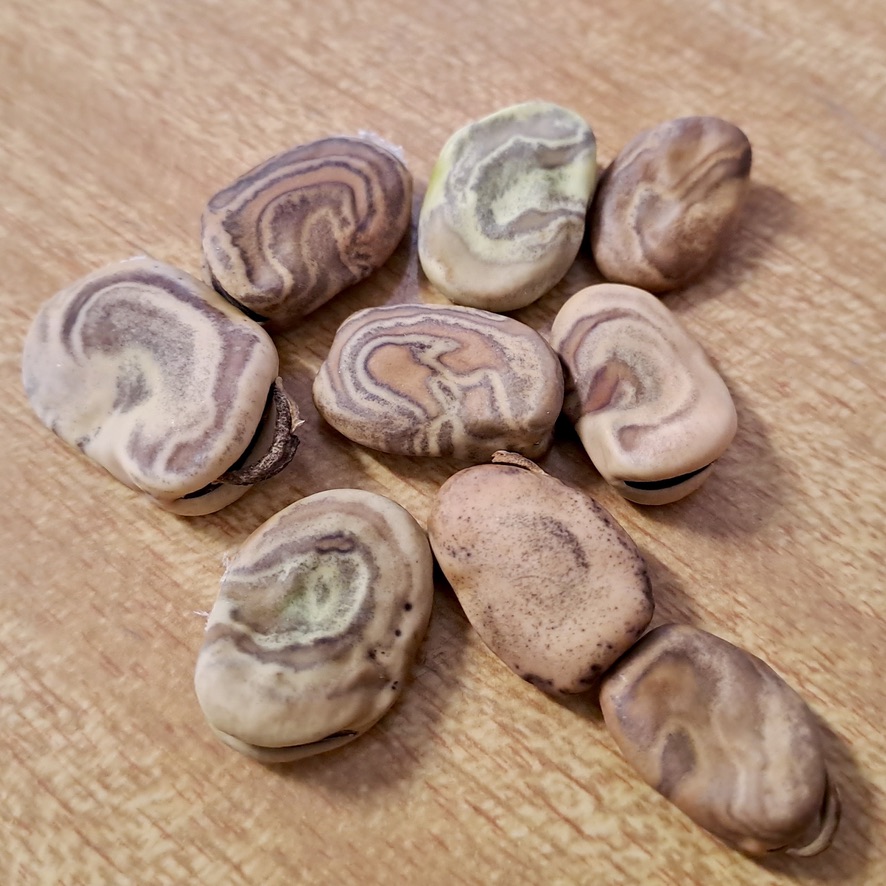
Broad bean seeds (Belle Butler)
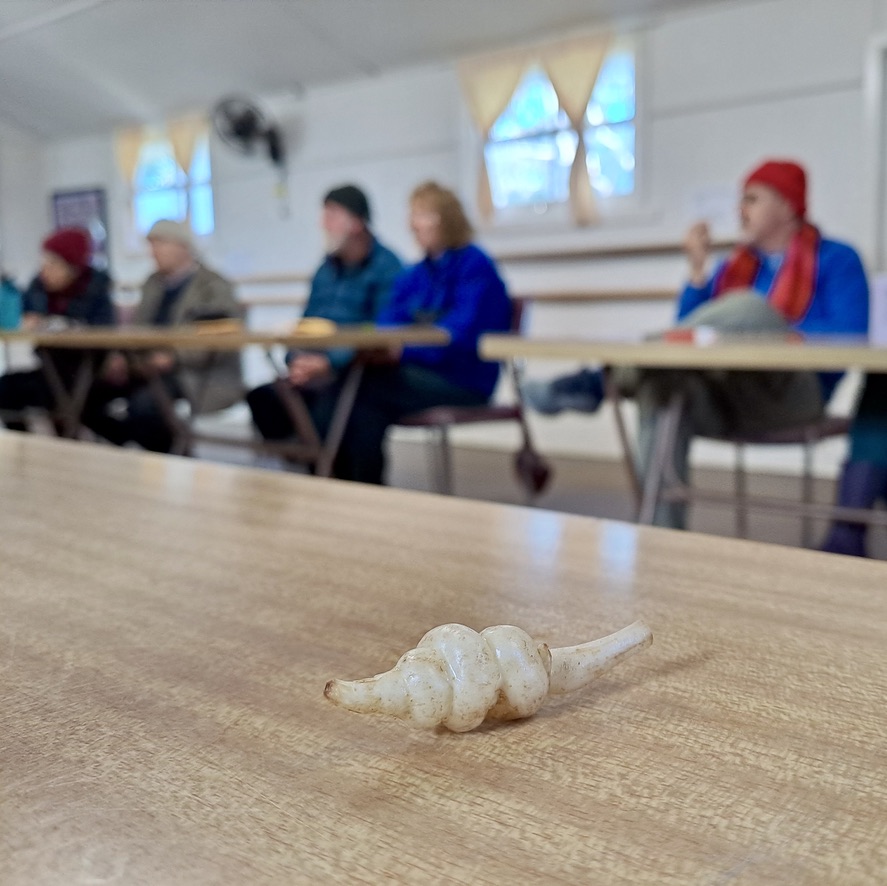
Chinese artichoke (Belle Butler)
The last century has seen a significant decrease in seed biodiversity and more than half of the global commercial seed market is controlled by four companies. Fewer crop varieties produced on a large-scale means that global food security is susceptible to the impacts of crop failure, extreme weather events, pests and disease.
At the Bullaburra Progress Association Hall, locals are actively mitigating these concerns by saving and swapping seeds. Mid Mountains Seed Savers is one group among many within the Australian Seed Savers Network, which is part of a global movement working hard to protect and restore seed biodiversity.
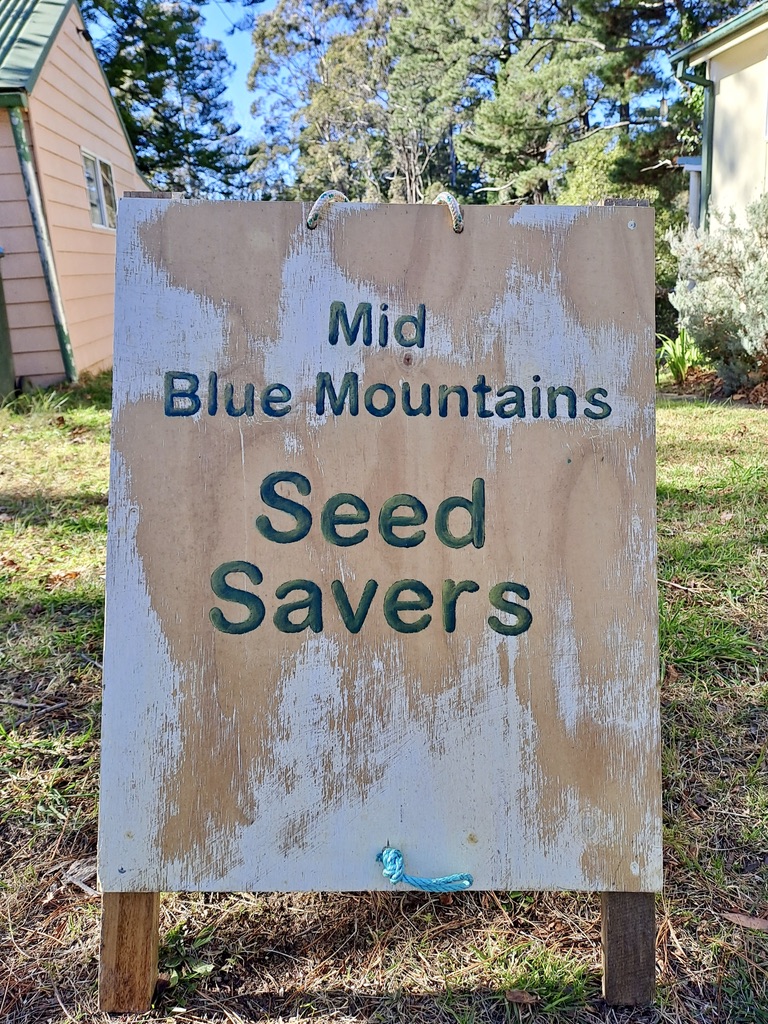
Mid Mountains Seed Savers meets at the Bullaburra Progress Association Hall (Belle Butler)
“Food, along with water and a safe place to live are the basics of human existence,” said Lloyd Sharp, organiser of Mid Mountains Seed Savers. “Helping people learn how to grow their own food successfully has significant benefits, including health and happiness. And growing interesting shaped, textured and flavoured food adds another level to this.”
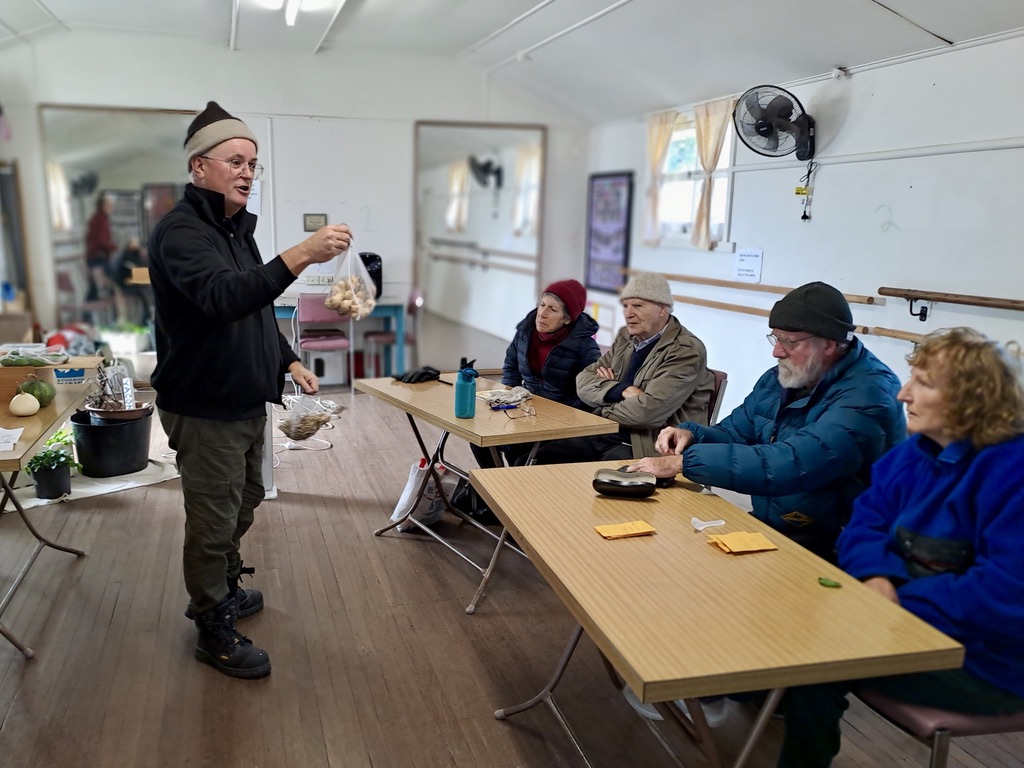
Organiser Lloyd Sharp giving tips for growing Jerusalem artichoke (Belle Butler)
The local group has been running for 20 years and currently meets about eight times a year with the aim of saving and swapping locally grown seed, sharing local information and ideas, and having a chinwag with fellow gardeners. They have established an impressive seed bank, with all seeds grown and saved by members in the local area and some varieties in the mix dating back many decades.
Maintaining the seed bank is a core activity of the group, and apart from providing members with access to fun things to grow and eat, it functions more broadly as a security measure for the future. The seed bank preserves diversity, offers an ongoing supply of locally adapted varieties, provides options for breeding more resilient varieties, and safeguards food supplies in the event of disaster.
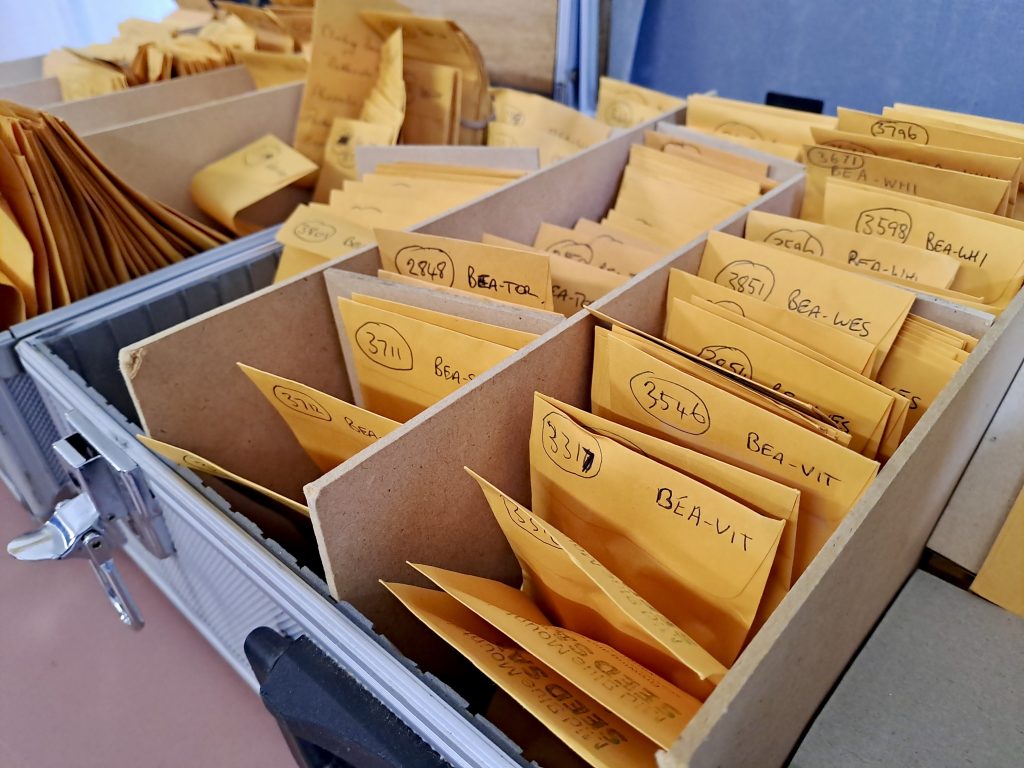
The all-important seed bank (Belle Butler)
According to Lloyd, participants of the group vary in background knowledge and intentions: “Some people attend because they have recently moved to the Blue Mountains and want to see what others can grow in their gardens in the local environment. Many people who have young children suddenly realise they want to learn and teach their children about growing food. This also includes those who teach young children and would like to develop ‘growing’ experiences for their students. We have people visiting who want to find specific cultural foods and grow them. Others simply want to try and learn from others and expand their range of food plants. And then there are the seed fanatics who want to try and grow everything and keep expanding their collections.”
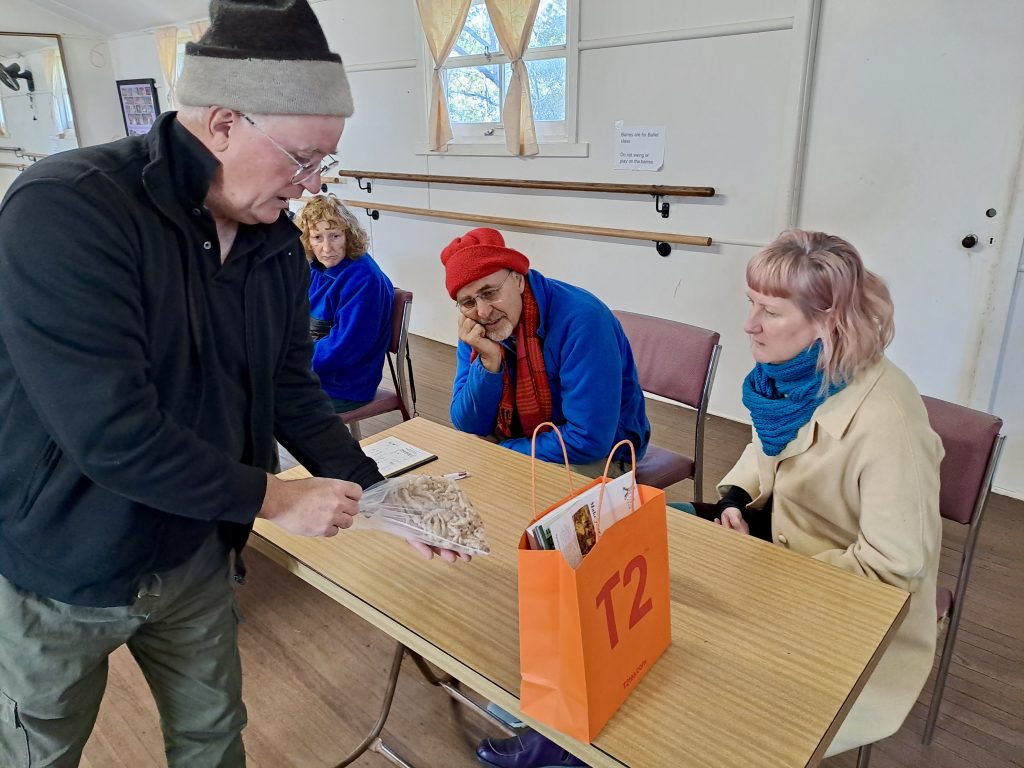
Participants learn about Chinese artichokes (Belle Butler)
At the meeting I attended Lloyd shared tips for the growing season ahead as well as successful produce from his garden: Jerusalem artichokes, oca and Chinese artichokes. He talked about his experiences with growing these crops locally, and he gave away tubers so that others could try growing them at home. Another member shared broad beans, and yet another handed out white chokos. There was the obvious sharing of joy and delight that accompanied the giving and receiving of these home-grown edibles.
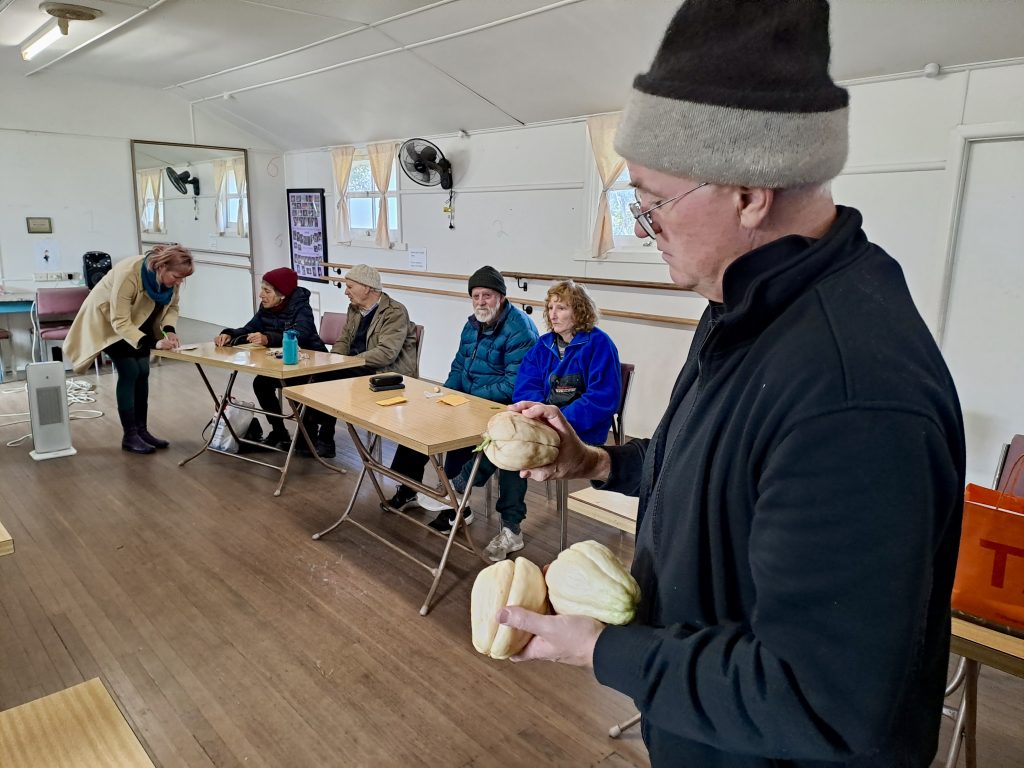
Lloyd handing out white chokoes for planting (Belle Butler)
One participant, Sam McDonnell of Blackheath, said that she regularly attended meetings because she felt it was “important that companies don’t control food sources,” and that she wanted to “grow food that tastes good and isn’t transported.” Sam particularly valued the “good, reliable advice” she obtained at the meetings. “Someone will tell you local knowledge and it inspires you not to give up,” she said. Growing food from seed that has been tried, tested and adapted to our local environment is one of the best ways to create resilience within our food system.
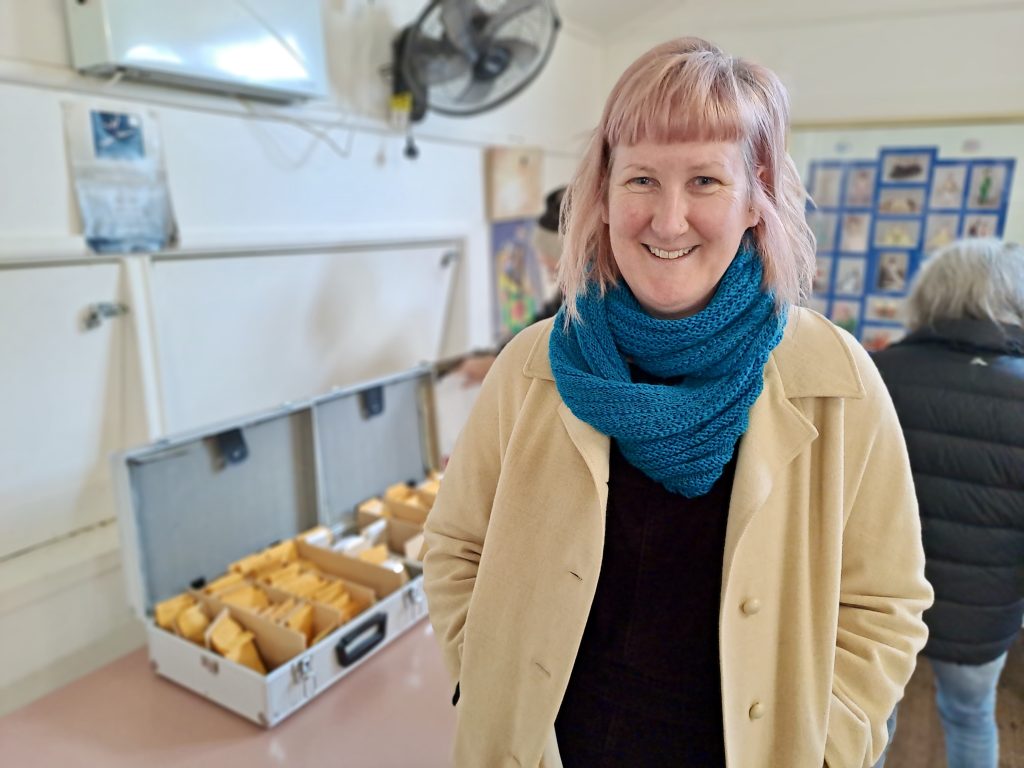
Sam McDonnell of Blackheath attends regularly (Belle Butler)
It also tastes good. The most common reason participants told me they attended the meetings was because they love food. They love eating it and they love growing it. So, while this activity could be classified as one of the most important for establishing a resilient food supply that can adapt to the changes and challenges we face ahead, it also just seems like a lot of fun.
“There are few things more satisfying than digging a hole in the ground, watching a plant grow and then harvesting and eating food,” said Lloyd. “Seed saving is really simply about the cycle of life watching a plant go from seed to seed.”
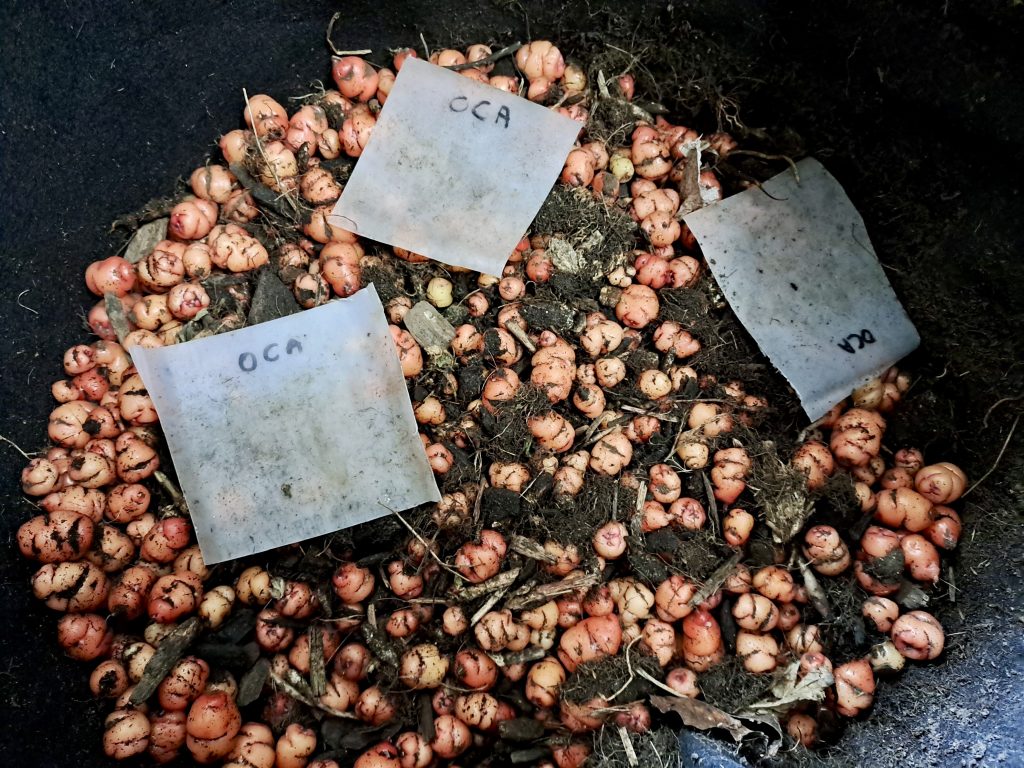
Oca from Lloyd’s garden (Belle Butler)
Mid Mountains Seed Savers meets at the Bullaburra Progress Association Hall and welcomes new participants. Their meetings currently involve time set aside for seed packing, a practical demonstration on some aspect of seed saving, a discussion of the current weather, and updates from everyone about what is growing and not growing in their gardens right now. “This is really useful when you have such changeable weather and environments from the bottom to the top of the mountains,” said Lloyd.
Take Action:
- You can visit the Mid Mountains Seed Savers website here: About | Mid Blue Mountains Seed Savers
- You can follow the Mid Mountains Seed Savers on Facebook here: Mid Blue Mountains Seed Savers | Facebook
Share this article:
This story has been produced as part of a Bioregional Collaboration for Planetary Health and is supported by the Disaster Risk Reduction Fund (DRRF). The DRRF is jointly funded by the Australian and New South Wales governments.
